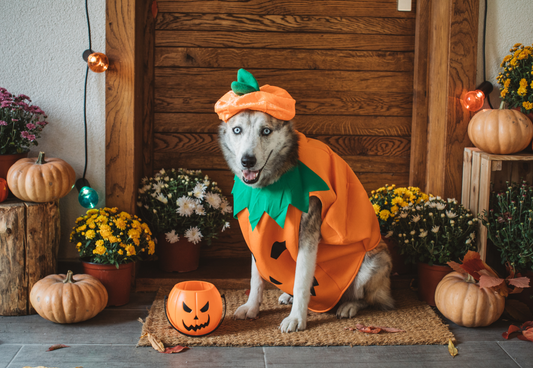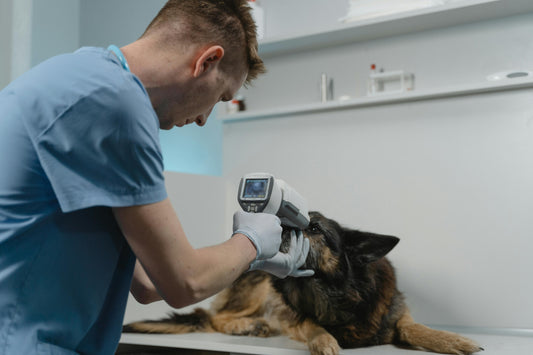Cat tooth resorption sounds complicated, but it’s actually one of the most common and painful dental issues seen in cats. If your cat suddenly seems off their food or a bit sensitive around the mouth, this might be the cause.
Let’s walk through what tooth resorption is, what it looks like, and how you can help your cat feel better.
What Does Cat Tooth Resorption Mean?
Tooth resorption in cats is a process where the body starts breaking down the structure of a tooth, from the inside out. It usually begins below the gumline, so you might not see anything right away. But for your cat, it can be seriously painful.
Over time, the tooth’s surface weakens, the roots dissolve, and parts of the tooth may fall away or get absorbed by the body. In many cases, the damage is so severe that extraction is the only option.
You might also hear it referred to as feline tooth resorption or FORLs in cats (short for Feline Odontoclastic Resorptive Lesions). Different names, same painful process.
Understand the Different Types of Tooth Resorption
Tooth resorption doesn’t always follow the same pattern. Vets rely on X-rays to tell the difference, using the appearance of the tooth root to classify each case.
In a healthy tooth, the root is clearly outlined on the X-ray by a thin dark line. That line is the periodontal ligament, which acts as a soft barrier between the root and the jawbone.
In type 1 tooth resorption, the crown starts to break down, but the root and ligament still look intact.
Type 2 tooth resorption is more advanced. The root looks like it’s blending into the surrounding bone, and the outline of the ligament disappears.
Type 3 is a combination of both. Some areas of the tooth might show signs of type 1, while others resemble type 2.
The cause of tooth resorption isn’t fully understood, but all types result in the gradual loss of the tooth’s protective outer layers. When the crown is involved, it can be very painful and usually needs treatment.
If your vet suspects this condition, X-rays help confirm the type and guide the right course of care.

Signs Of Tooth Resorption Cats Might Show
Cats are pretty good at hiding pain, but here are a few signs that might point to tooth resorption:
- Chewing only on one side of the mouth
- Drooling more than usual
- Avoiding dry food
- Pawing at the mouth
- Red or inflamed gums around one or more teeth
- Refusing food altogether
Sometimes, the tooth looks chipped or has a pinkish area near the gumline. But in many cases, you won’t be able to spot the issue without a vet’s help.
What Causes Tooth Resorption In Cats?
The exact cause of cat tooth resorption isn’t fully understood, but researchers think it could be linked to:
- Chronic inflammation or gum disease
- Genetic factors (some breeds may be more prone)
- Diet or nutrient imbalances
- Injury or trauma to the teeth
What we do know is this: it’s not uncommon. Studies show that more than half of adult cats will develop at least one resorptive lesion in their lifetime.
How It Connects To Other Dental Diseases In Cats
Tooth resorption rarely happens in isolation. It often shows up alongside other dental conditions like:
If your cat already has red, swollen gums or struggles with ongoing mouth pain, tooth resorption may be part of the picture.
How Vets Diagnose And Treat It
Since the damage usually starts below the surface, tooth resorption in cats is often diagnosed during a dental exam under anaesthesia. X-rays are essential. They help your vet see what’s happening inside and below the gumline.
Once diagnosed, treatment typically means extracting the affected teeth. There’s no filling or reversing the process. But the good news is that most cats bounce back quickly and feel so much better without the painful teeth.
What Aftercare Looks Like
After surgery, your cat may need pain relief, soft food, and a bit of rest. Your vet might also recommend follow-up appointments to monitor healing and check for signs of resorption in other teeth.
At home, regular dental care can help manage your cat’s overall oral health. That includes:
- Brushing your cat’s teeth (yes, it’s possible!)
- Offering safe, non splintering raw bones
- Offering dental health products like supplements, toppers, treats or toys
- Using water additives to reduce plaque
- Staying on top of annual vet checkups
Check out our guide on is gingivitis contagious in cats to learn more about bacteria-related issues.
Why It’s Important To Act Early
Because feline tooth resorption often goes unnoticed until it’s severe, regular dental checkups are essential. Early detection can prevent a lot of pain and lead to a much better outcome.
If your cat’s acting off or you’ve noticed any of the signs mentioned earlier, don’t wait. Book a dental consult and get a professional opinion.
When it comes to conditions like tooth resorption in a cat, fast action is the kindest thing you can do.




